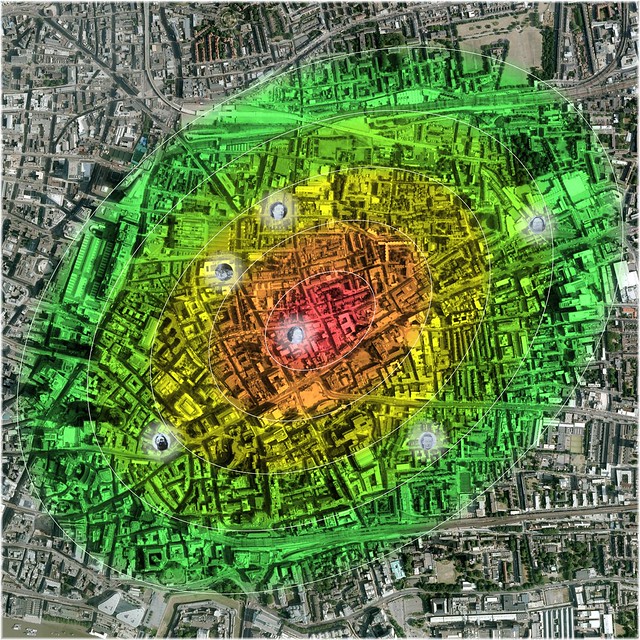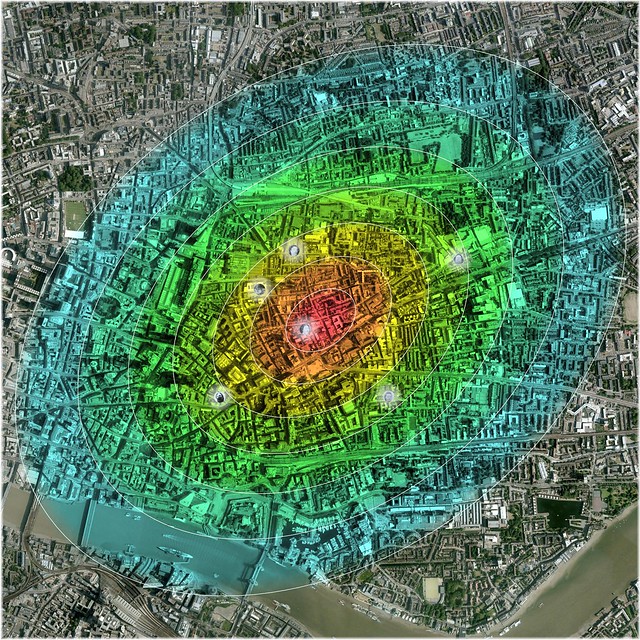Originally posted by Trevor Marriott
View Post
I will leave it to Colin to tell me what's what when he returns. I went cold this morning, suddenly thinking I'd got the 50/50 thing completely wrong. But there do seem to be only the two horses in Colin's field, "Tiny Inside" and "Vast Outside", which is why I thought that if it's evens for one it would have to be evens for t'other, and not a million to one or anything. But I may be talking bollocks. (Yeah, I know, wouldn't be the first time.)
Ouch, my brain hurts again.
Love,
Caz
X






 In Practical Terms:
In Practical Terms: 


Comment